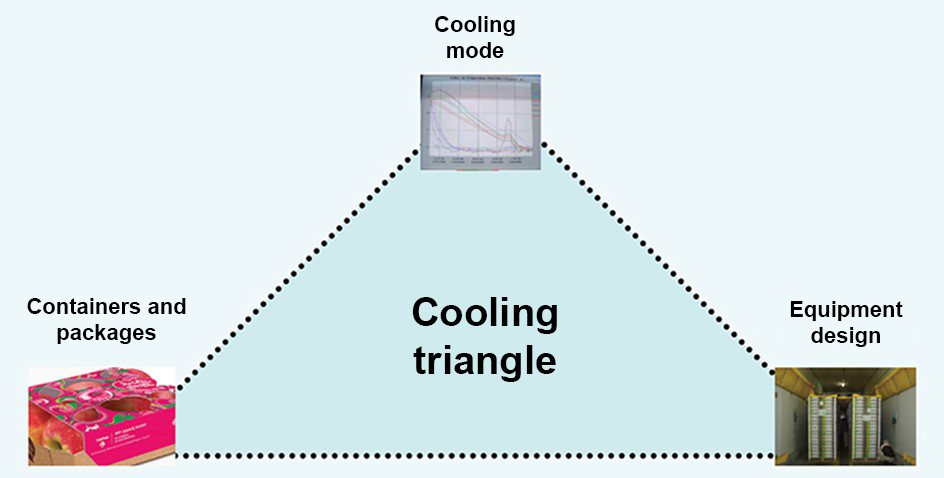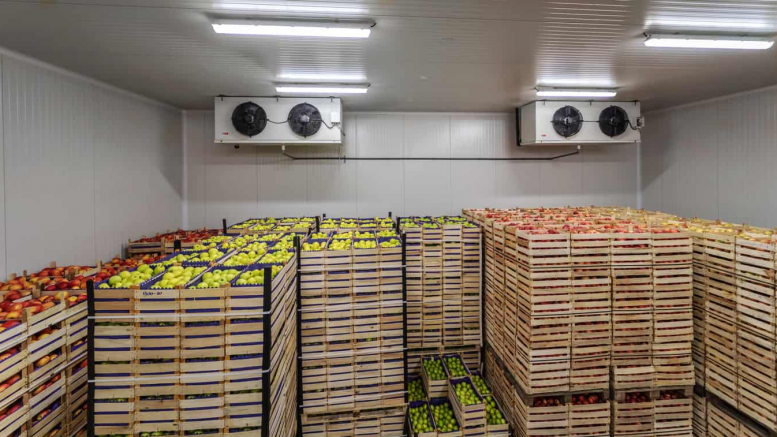“If we consider the losses that occur during the harvest and post-harvest periods, the costs involved until the fruits reach their destination markets represent 70 to 85% of the total cost…”
Luis Luchsinger is a senior consultant at Fructus Consulting Luchsinger, and an expert on the cold chain and post-harvest of fresh fruit in Latin America.
Luchsinger is an agronomist from the University of Chile, with a Ph.D in postharvest physiology from the University of Maryland.

Luis Luchsinger, consultant at Fructus Consulting Luchsinger
AgriBrasilis – What are the losses and difficulties in the fruit post-harvest in Chile and why?
Luis Luchsinger – The distance from the destination markets, that are counter-season [these markets are in the northern hemisphere, whose seasons are opposite to those in the southern hemisphere], generate trips of up to 60 days. In many cases, this means that the fruits arrive to their destinations with little shelf-life remaining.
The main losses happen because of dehydration, rot, fruit softening, over-ripeness and, in some species, damages caused by cold.
AgriBrasilis – How much does post-harvest represent in the production costs of the main crops?
Luis Luchsinger – If we consider the losses that occur during the harvest and post-harvest periods, the costs involved until the fruits reach their destination markets represent 70 to 85% of the total cost of the products. Clearly, harvest and post harvest are much more important than the fruit production stage itself.
AgriBrasilis – What technologies are used to prevent fruit deterioration after harvest?
Luis Luchsinger – The main one is the management of the cold/refrigeration chain. Then we can consider the use of plastic bags in each shipping box, used to drastically reduce dehydration (weight loss) and the deterioration of the appearance of the product during storage and transport.
In addition, there is the application of fungicides in the selection lines, to reduce fungal attack. Finally, we have the use of controlled atmospheres during transport.
AgriBrasilis – What is the purpose of using plant hormones and growth regulators? When are they used?
Luis Luchsinger – Hormones are used in the farms, during the pre-harvest period, mainly to obtain a better size and development of the fruits, to obtain an adequate firmness of these fruits, and, in some cases, to obtain a better coloration.
Obviously, in the case of avocados, for example, at the destinations the fruit is ripened with ethylene, in order to deliver them ready to be consumed by people.
AgriBrasilis – Which fruits are more sensitive and require more care?
Luis Luchsinger – They all have their peculiarities. From a handling point of view, the most sensitive fruits are raspberries, blackberries, cherries, blueberries, table grapes (especially the new varieties) and apricots.
AgriBrasilis – What is the “cooling triangle” and why is it important?
Luis Luchsinger – It is essential for good cooling/refrigeration that there is an understanding of the specific requirements of the fruits in question, that is why they are represented in the center of the “triangle”.
In one of the corners are the cooling systems. In the other corner there are the containers and packages. Finally, in the third corner of the triangle is the way, or manner, that the product is cooled.
Unfortunately, these three participants in the chain do not understand each other and work independently of each other, when in reality they are interrelated. One affects the other and vice versa, hence the importance of working with them as a whole.

AgriBrasilis – What parameters are associated with the quality of fruit ripening and why?
Luis Luchsinger – Quality is a broad concept, that includes the ripening of the product, and is associated with the perception of the product by the consumer. These parameters are highly variable depending on the type of fruit.
The main quality attributes are size, color, firmness and sweetness. In some species, such as citrus, acidity is more relevant, along with the juice content of the fruit. However, the size and color generally do not correspond to the maturity of the fruit, the main parameters of ripeness being the firmness of the fruit and its sugar content, followed by its acidity. The relationship between sugar and acidity confers consumer acceptability.
READ MORE:

